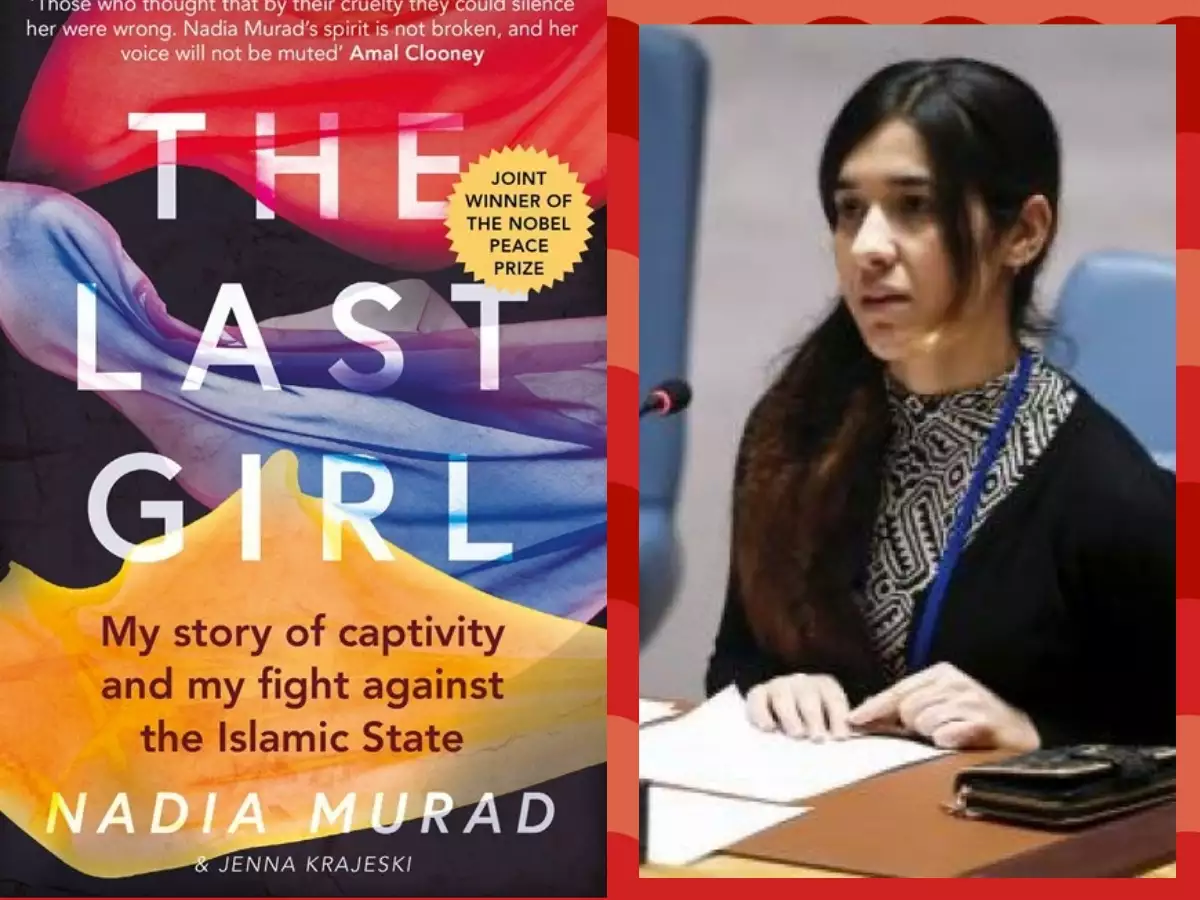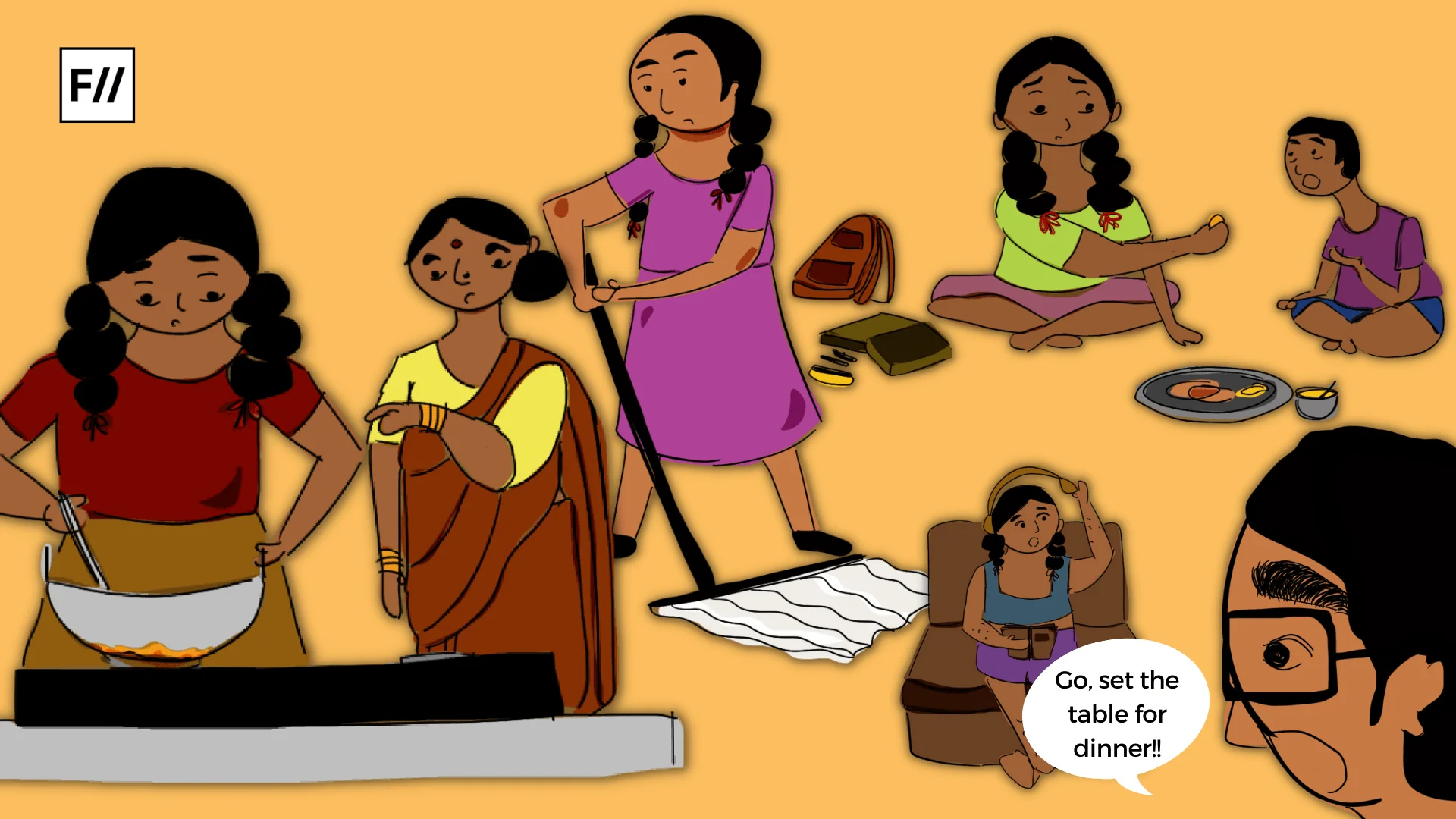“Rape has been used throughout history as a weapon of war.”
Nadia Murad
As Saadi, the great Persian poet wrote in his masterpiece Gulistan, which is carved on the entrance of the UN headquarters, “If a body part is in pain, other limbs cannot be at ease.” Nadia Murad dedicates her book, The Last Girl: My Story of Captivity and My Fight Against the Islamic State to every Yazidi in the spirit that every Yazidi shares the burden of the atrocities and pain. The three parts of the book share three episodes of Nadia’s life as well as the upheaval in the lives of Yazidis lived in these grave times.
‘The Last Girl’ is an autobiography of a Yazidi girl, Nadia who hails from Northern Iraq. When the Islamic State of Iraq and Syria (ISIS) took control over northern Iraq, ethnic and religious minorities were systematically targeted. Nadia along with her family members was captured by ISIS and later her family was killed. Nadia was taken to Mosul and forced into sex enslavement. In the book, Nadia narrates her story of captivity and how she eventually managed to escape. Later on, Nadia committed herself to the welfare of the Yazidi refugees. Nadia’s courageous spirit and contribution compelled the Nobel Peace committee to award her the 2018 Nobel peace Prize along with Congolese gynaecologist, Denis Mukwege for their efforts to end the use of sexual violence as a weapon of war and armed conflict.
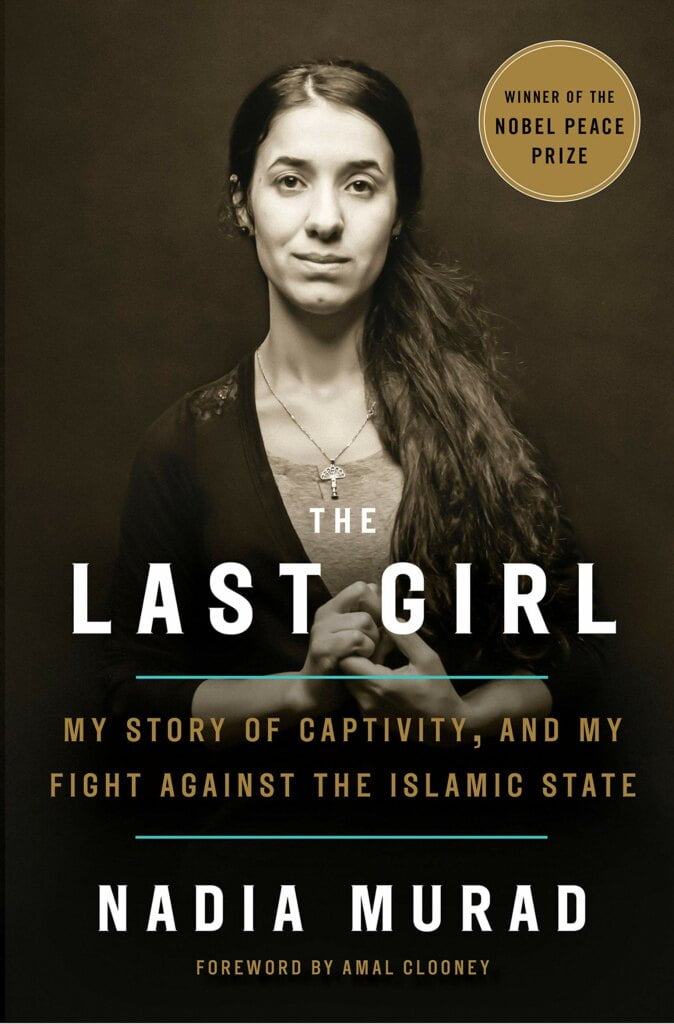
One can’t help but wonder about the wonderful traditions of West Asian culture in general and Yazidi culture in particular. A beautiful religious tradition in the middle of Abrahamic cultures, the stories of Tawusi Melek, and pilgrimages to the sacred Sinjar mountain fascinate the reader with the plurality of the region. The stories of Yazidis are interlinked with Kurds who have been struggling for their separate nationality since the Ottoman period. However, global attention to the Kurdish movement has been overshadowing the struggle and repression that the Yazidi have been facing for a long time. Yazidis were persecuted earlier by the Ottomans, then Saddam’s Baathists and later on by ISIS. In Murad’s view, the Sadam Hussain regime wanted Yazidis to be Arabs and Kurdish wanted them to be Kurds. Yazidis were persecuted severely compared to other religious minorities such as Christians, Kurds, Shia etc because Yazidis do not have a sacred book meaning monolithic religious tradition.
Also read: Book Review: Raising Feminist Daughters: A 21st Century Guide By Chimamanda Ngozi Adichie
The book starts with Nadia’s anecdotes from her childhood, describing the socio-religious environment and Yazidi traditions. The first part of the book takes the readers through the conflicting history of northern Iraq, various intersecting ethnicities, nationalities and porous boundaries drawn among human beings through the eyes of a native girl. She hails from Kocho, a town in the Sinjar region, situated in northern Iraq near the Syrian border. Iraq’s northern region bordering Syria, Turkey and Iran has been in contestation with various Kurdish factions.
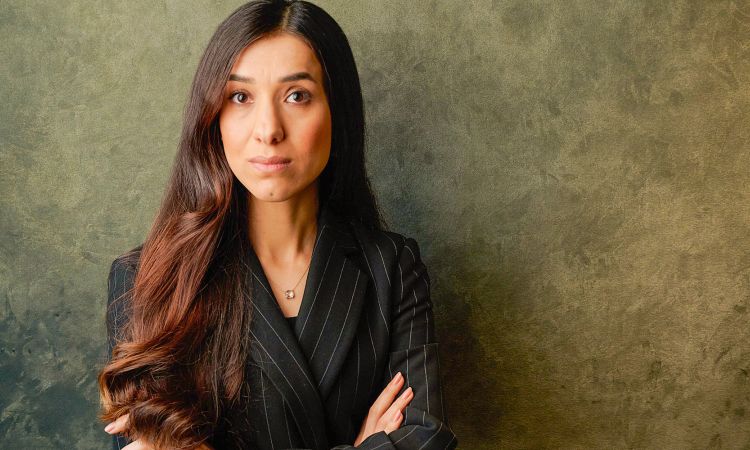
The town was protected by Iraqi Kurdish fighters called Peshmerga before the arrival of the Islamic State. However, on the 3rd of August 2014 when ISIS entered Kocho, the Peshmerga gave up on the people and left the town without any resistance.
The second part of the book deals with the torture, and genocide of Yazidis by ISIS. When ISIS came, they did not start killing suddenly rather stayed for a while and promised the town for safety. It was later on when all the adult males were shot. Boys were abducted and taken for militant training and brainwashing. Whereas, older women were shot and buried in unmarked graves. All the young and middle age girls and women were taken to Mosul, the Iraqi ISIS capital and were enslaved as Sabaya/Sabiyya (Arabic for sex slave).
Here comes the author’s courage to tell the world about human tragedy, pain, despair, hopelessness, hatred, and the crimes against humanity committed against Yazidis by ISIS. Nadia Murad is not hesitant to tell her story. She understands the impacts of her story due to her being an activist and sharing her lived experiences at various global forums.
Also read: Book Review: Bibi’s Room—Hyderabadi Women and Twentieth Century Urdu Prose
The conflicts and war zones have been a fertile ground for various heinous crimes including murder, rape, enslavement and so on. Nadia’s story includes all the elements of these atrocities. She covers in detail the Kocho massacre; how she was taken to the sex slave market in Mosul where ISIS militants treated Yazidi girls merely as merchandise who could be sold, bought, gifted, returned back to the market and resold.
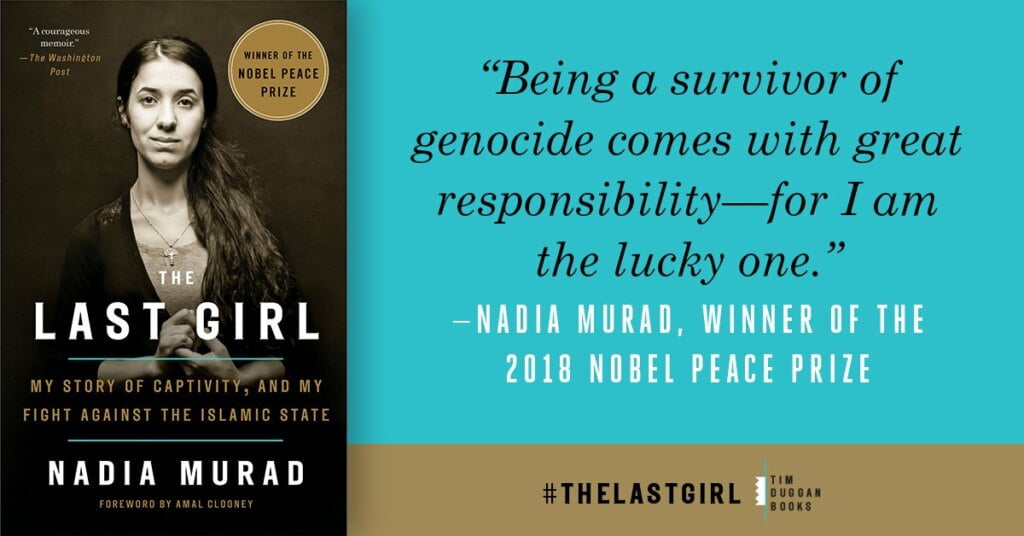
In the book, Nadia recounts how ISIS, in fact, released a pamphlet containing guidelines regarding the treatment of sex slaves in its propaganda magazine, Dabiq. According to the ISIS Research, and Fatwa Department, a sabiyya is the property of her owner and could be gifted to other men; a married sabiyya should not be separated from her children; if a sabiyya becomes pregnant, she cannot be sold; if owner of a sabiyya dies, she would be considered his estate and distributed accordingly; an owner can have sex with prepubescent sabiyya if she seems fit for intercourse (if not then enjoy with her without intercourse).
Nadia was sold in the slave market multiple times and repeatedly raped by her owners. While being transported from one city to another, she was stopped at a checkpoint near Mosul and was raped by ISIS militants. Once, when she tried to escape and got caught, her owner allowed guards to gang rape her as a part of the punishment. She wrote, “At some point, there is rape and nothing else. This becomes a normal day.” In a war zone, the tragedy or pain of violence is not suffered by everyone equally. In Nadia’s view, sexually enslaved women would die every moment bit by bit and a victim’s soul would be wrecked in every possible way. At one instance, when she was tired and unable to resist the rape, one of the owners was evidently disappointed, and asked her why didn’t she resist. This was the paramount of her anger, and despair for humanity.
The third part of the book deals with Nadia’s escape and emancipatory journey fueled with fear from Mosul to Zakho camps in Iraqi Kurdistan. In Mosul, one day when Nadia’s owner was not at home, she managed to escape and took refuge at a neighbouring house. One of the male members, Nasser, agreed to take her to Kurdistan. While they were entering Kurdistan, Kurdish officials recognized them and requested them to testify in front of senior officials. After a while, Nadia and Nasser came to know that their interview with the Kurdish officials was all over the news channels without their consent or permission. Nadia describes how her story got tangled in a web of political propaganda. She was afraid that her family would accept her, though most of her family got killed in Kocho except her three brothers. Nasser and his family were in danger of consequences for helping a Yazidi girl.
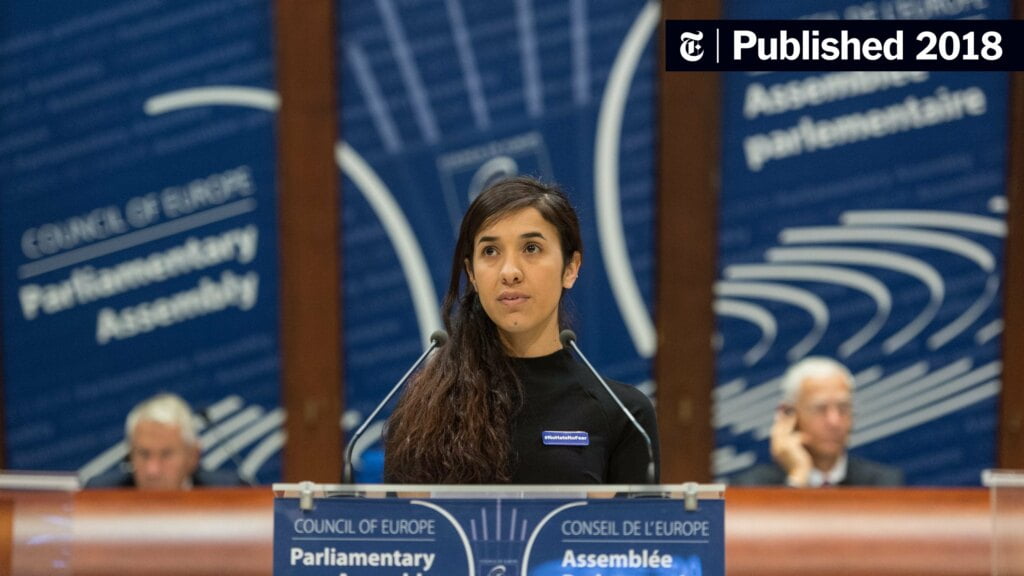
After reaching Zakho, Nadia came to know that Hezni, her brother, was involved in the smuggling network that helped enslaved girls escape and get back to their families. Hezni was one of the survivors of the Kocho massacre. He discovered two of his sisters and managed to bring them back to Yazidi camps safely. Nadia’s fight was not over once she reached Zakho camps. The living conditions in ghettos were terrible. Under pressure and social stigma, many of the rape survivors were undergoing “re-virginization” surgery in order to repair their hymen.
Also read: Book Review: What Concerns Us By Laura Vogt, And The Importance Of Translating Women
The organization called Yazda was working for survivors of the Kocho massacre to help people in Iraq. Nadia went to Germany and started working with Yazda. Later on, she would meet Amal Clooney, an esteemed lawyer who would agree to represent Nadia and other Yazidi victims in International Courts. “Nadia Murad’s spirit is not broken, and her voice will not be muted. Instead, through this book, her voice is louder than ever,” wrote Amal Clooney in the forward of the book.
